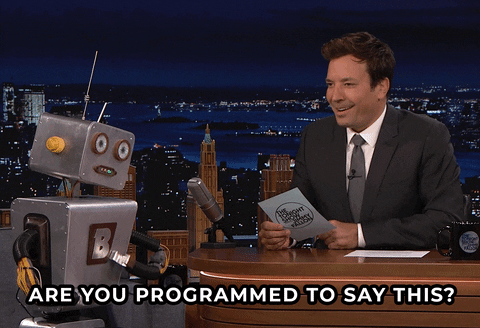We have reached peak acronym
Our intentions were good — Sirius Decisions makes a compelling case for drawing clean distinctions between when/how Marketing, BDRs, and Sales work leads. It’s good to get that visibility and have clear ownership.

But we’ve evolved the theory to the point where there are a dozen opaque acronyms. I was in a meeting recently and heard a savvy sales manager ask in exasperation, “Wait, what is a TQL?” When we’re spending meetings arguing round and round about definitions, the framework is officially causing more confusion than it’s worth.
The lead funnel’s black hole – the handoff from TQL to SAL
Terminology matters
The solution
It’s pretty simple: “Meeting Scheduled” and “Meeting Held.” Literally call the stages that, everywhere.

It’s clear language — no Rosetta stone needed. And we know exactly where the lead is. If the lead misses the meeting, we keep them in Meeting Scheduled stage until they show up or change their mind.
Click to expand
One thing I love about “Meeting Held” is leads don’t languish in this stage (compared to SAL/SQL). The “Meeting Held” stage feels passive… and I find it pushes the process to Nurture/Disqualify/Opportunity. You had the meeting and it’s either an Opportunity or it’s not.
Who owns Meeting Held?
I usually recommend BDRs still own the “Meeting Held” stage. After all, they’re comped on how many meetings are held and how many of those meetings turn into Opportunities. They’re incentivized to hound a rep to convert the Opp — and there should be tension to ensure the Opp gets created if there’s something there. (Bonus, BDRs are usually more compliant about entering meeting notes into Salesforce.)
Click to expand
And since so many BDR programs are pipelines for future sales reps, this also creates a real feedback loop. Every day they’re working with the salesperson to understand what was good/bad about each meeting so they can understand cues and nuance for what makes a great prospect.
And after a lead is qualified as an Opportunity, there’s a clear handoff point — the BDR has given the rep everything they need to know. The rep spoke with the lead and it’s legit. The BDR creates the Opportunity, and the sales rep can live entirely within Opportunities to work their deals instead of having to traverse across Leads, Contacts, and Accounts. Now it’s in the their hands to go forth and work the deal. ::slow clap::
UPDATED:
We recently helped a client negotiate new funnel stages and formally assigned lead followup back to BDRs. The result? Meetings increased 21% month over month.







